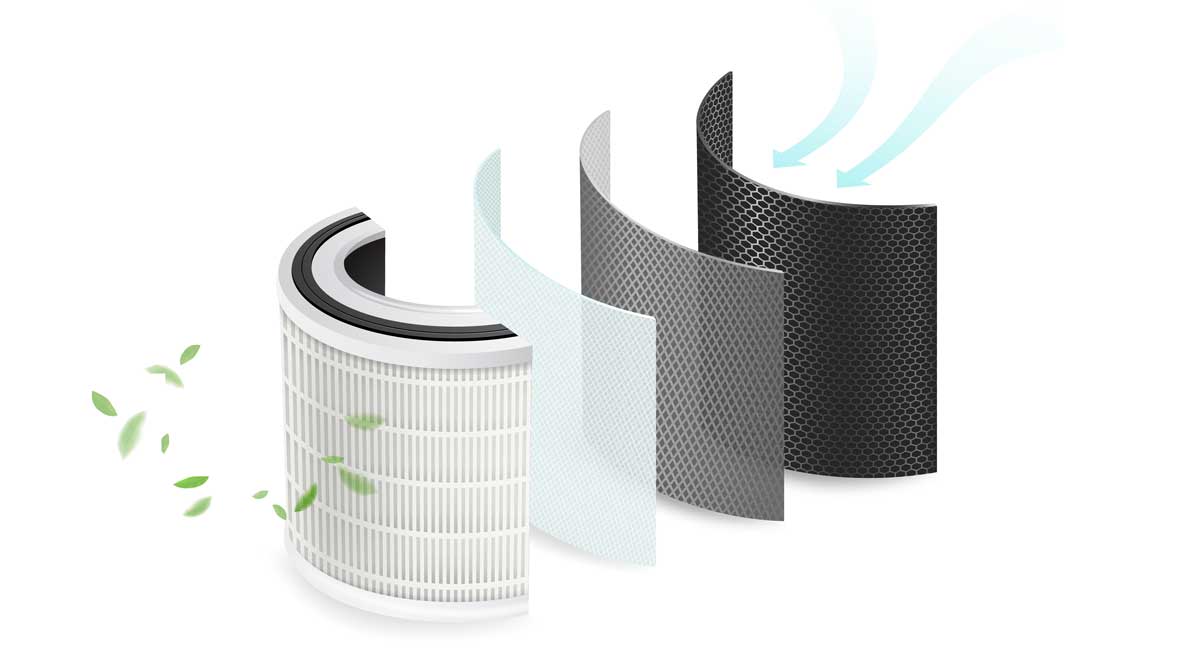Building materials have come a long way since the days of mud huts and stone walls. Modern buildings are miracles of science, composed of materials that have been incrementally improved for decades and sometimes even centuries. Chemistry is playing an increasing role in the innovation of buildings – here are five building components dramatically improved through chemicals science.
- Roofing
Roofs are a building’s last line of defense. Roofing materials range from asphalt shingles to copper to rolled vinyl, and their primary job is to seal and protect a structure. Chemicals like SPF (spray polyurethane foam) help protect a structure’s interior from the elements at roof-level, and polyurethane elastomers, rubber-like structures, help keep roof under layers from molding, tearing, and aging. - Framing
Framing, traditionally made of wood, has been dramatically improved through chemistry. Formaldehyde is a critical chemical compound for building, used for the treatment and binding of wood. Formaldehyde-based resins are an essential component of engineered wood products, popular for both framing and aesthetic finishes like cabinetry, flooring, and doorframes. - Driveways/Walls
Concrete is incredibly important as a building material in both residential and commercial construction. Concrete is highly durable, but chemistry is enhancing all its most sought-after properties. Embedded grids made of carbon fiber help lightweight certain blends of concrete while silica-blended concrete will bend, not break. As a building material, concrete is one of the most-studied in the world thanks in large part to its availability and relative cost-effectiveness. - Plumbing
Lead, copper, and other metal pipes used to be the “gold standard” of plumbing. As an alternative, polyethylene resin performs better and with fewer residual effects than other piping materials. PEX, as it’s known, can be threaded and bent into endless configurations, making it suitable for a variety of structures. Its versatility reduces installation and materials costs for plumbing projects while simultaneously making pipes more durable. - Insulation
In no other area of building has chemistry had such an effect. Insulation makes buildings energy-efficient, and as a material it is ever-changing. Fiberglass insulation is popular for its thermal properties while cutting-edge materials such as aerogels and/or thermoplastic foams are creating tighter-sealed buildings than ever before. More-effective insulation means less stress on other building components such as the roof and drywall.
Construction chemicals are as wide-ranging as the structures they help build. From processing to compacting to constructing, chemicals are one of the unsung heroes of the entire construction industry.
Noah Chemicals works with manufacturers, developers, and researchers to provide high-quality chemicals as well as knowledgeable expertise. Contact us today to talk about our innovative chemical solutions.




